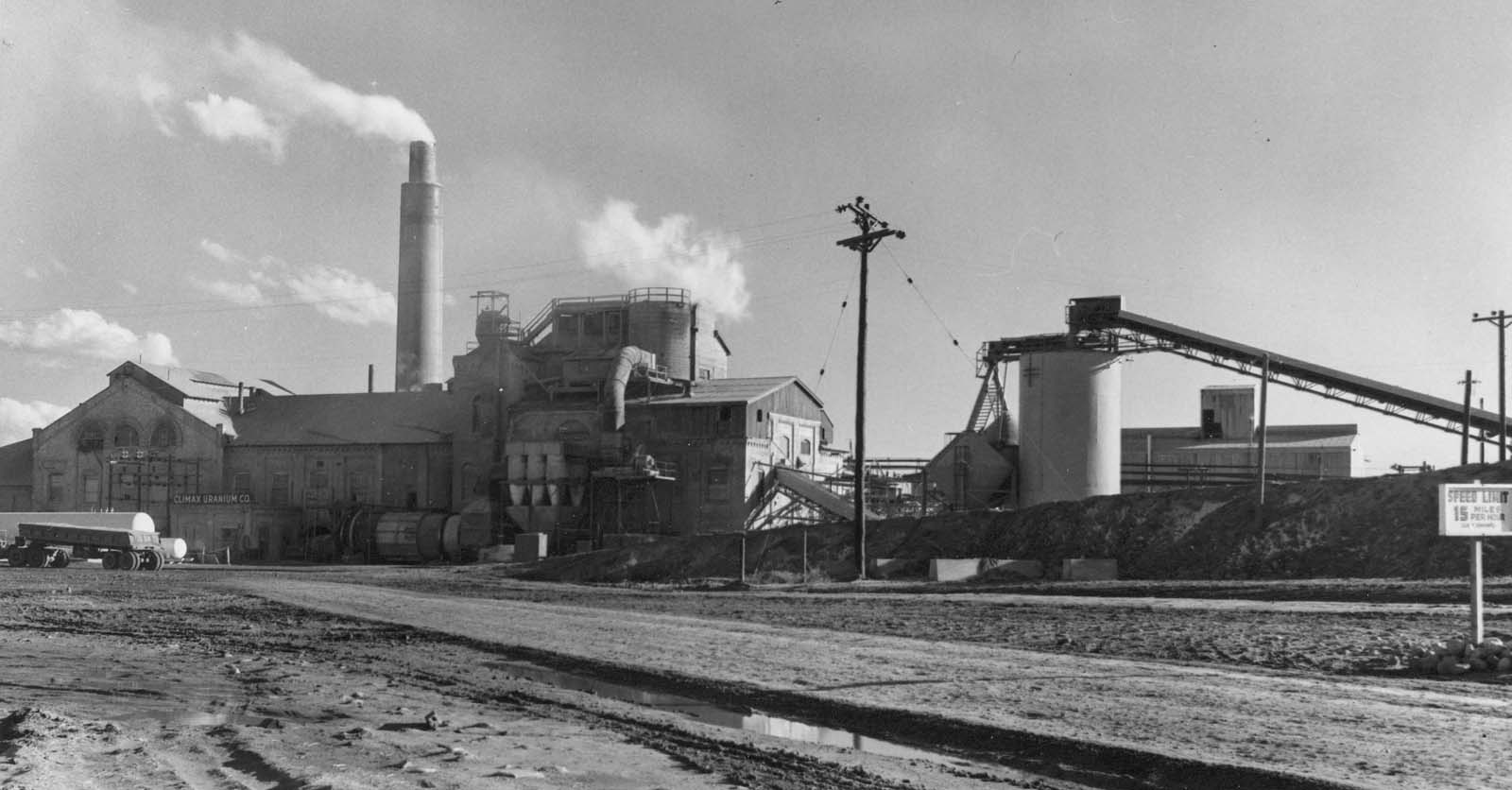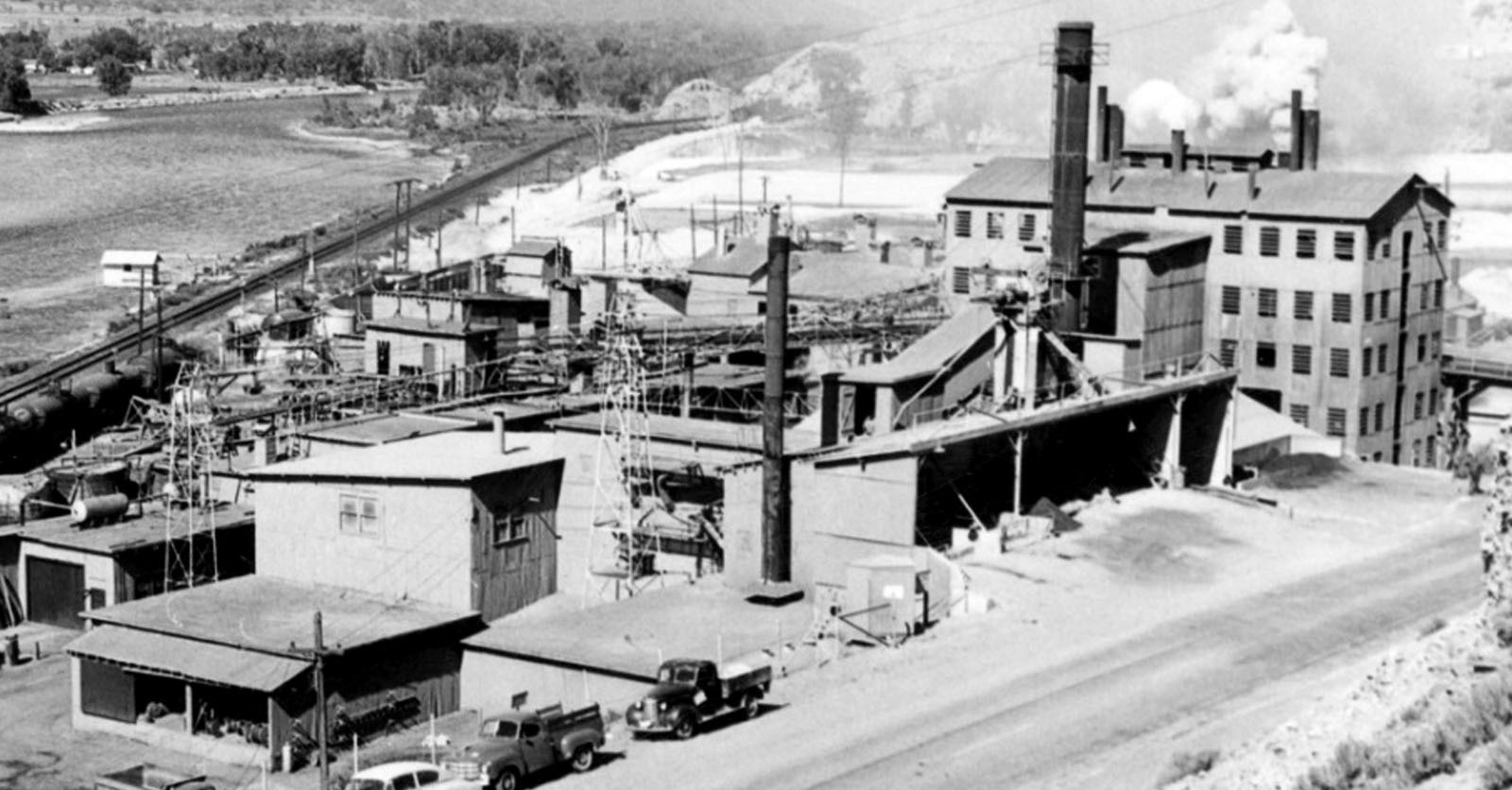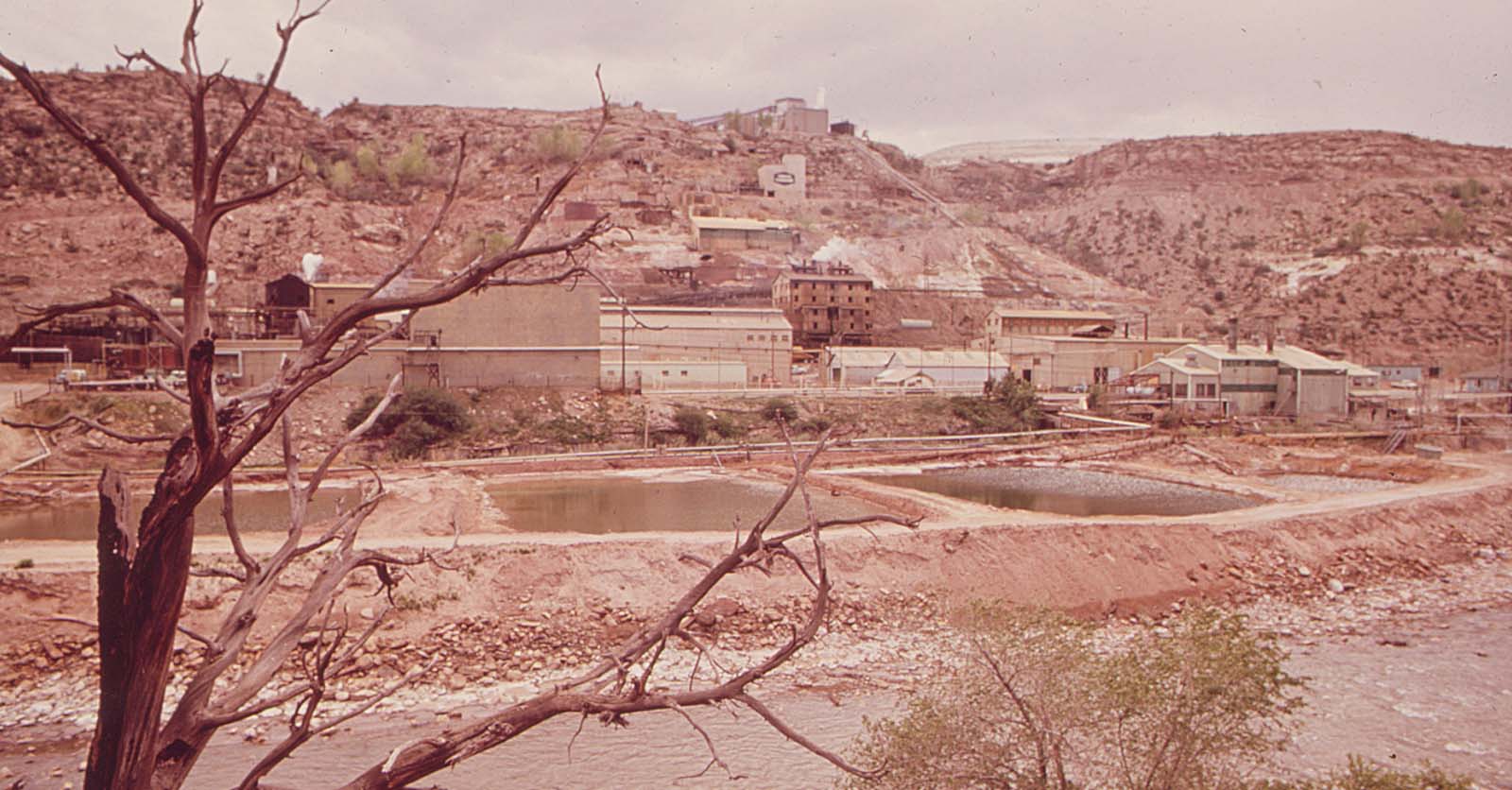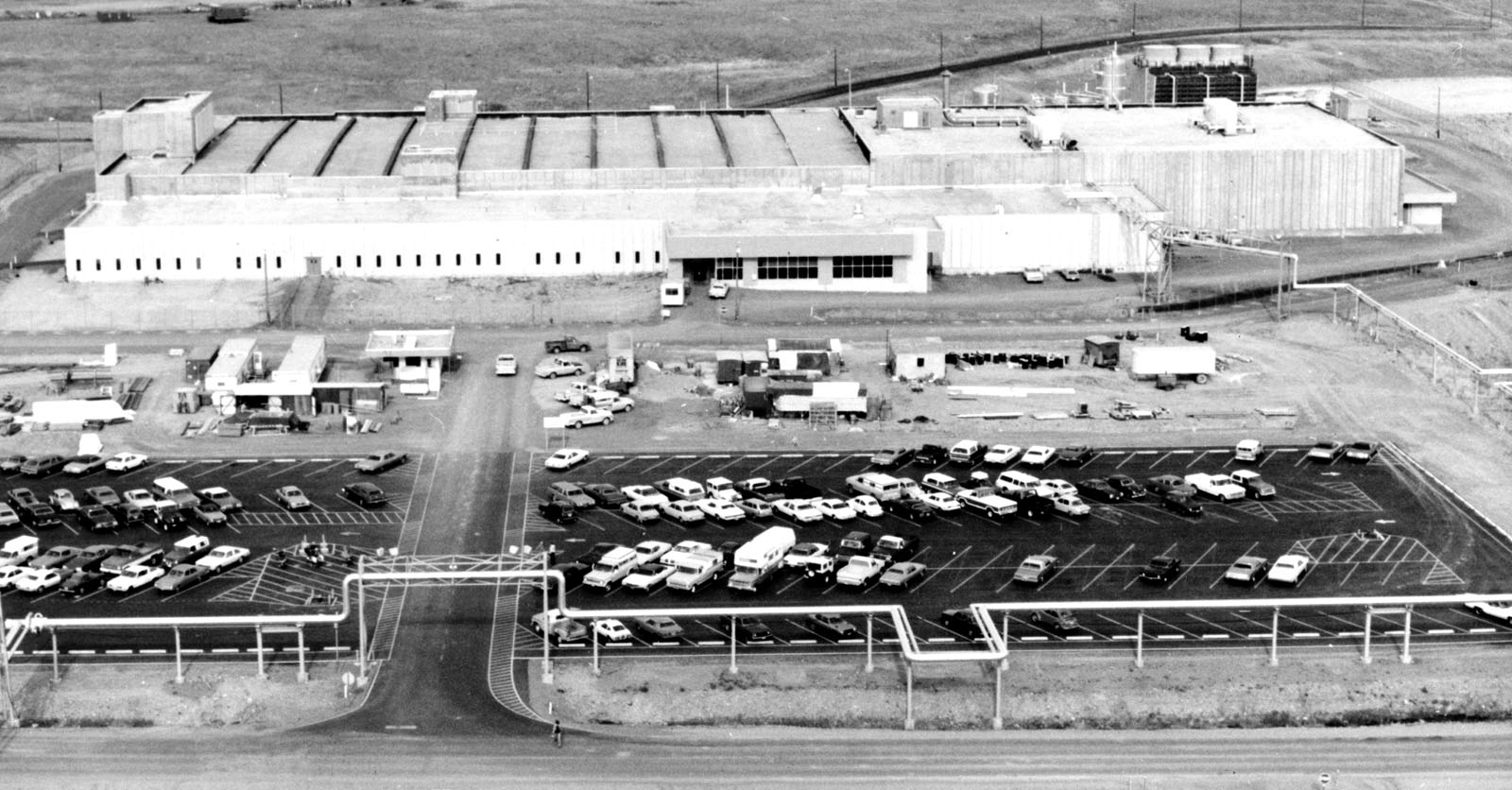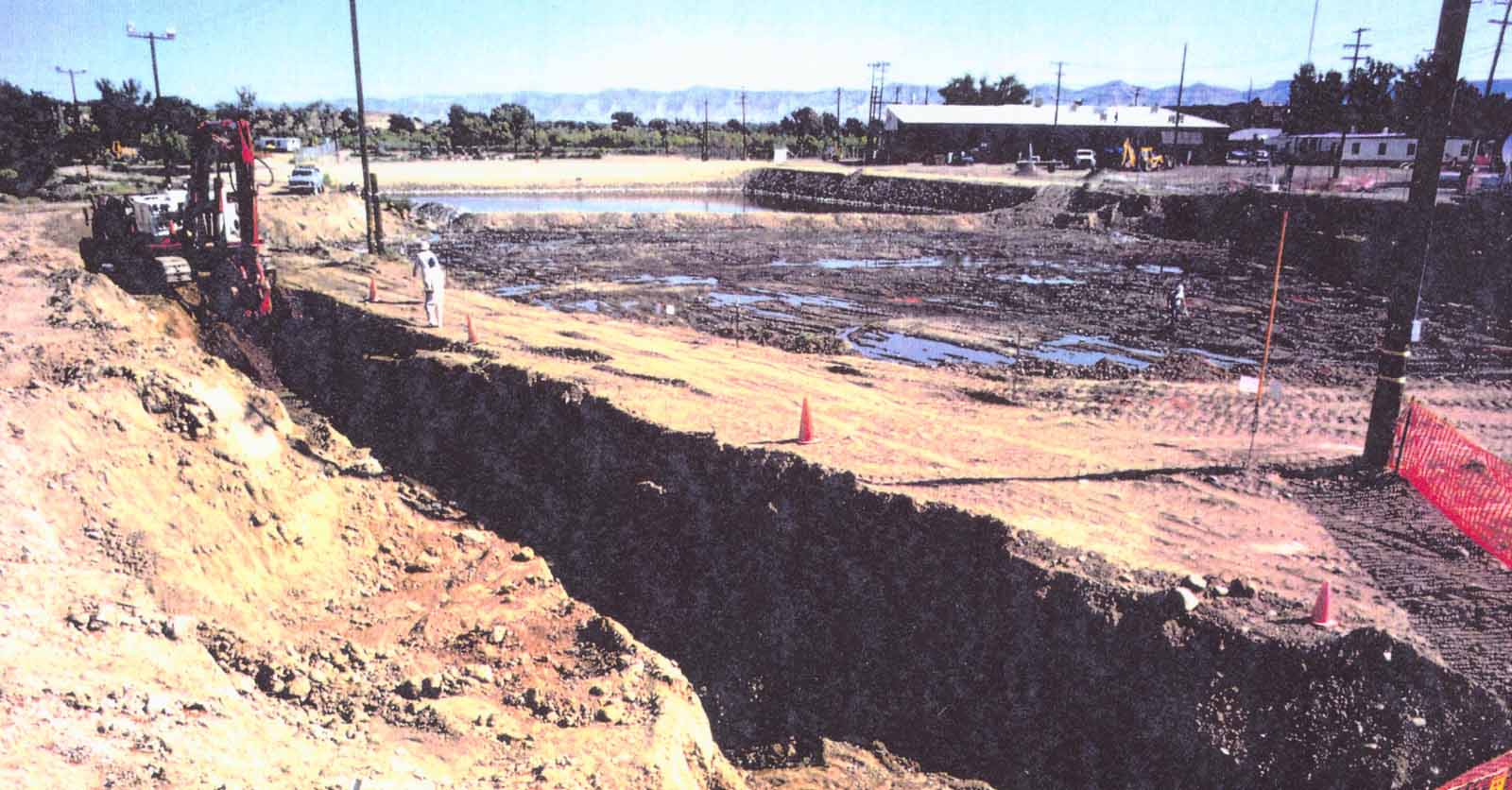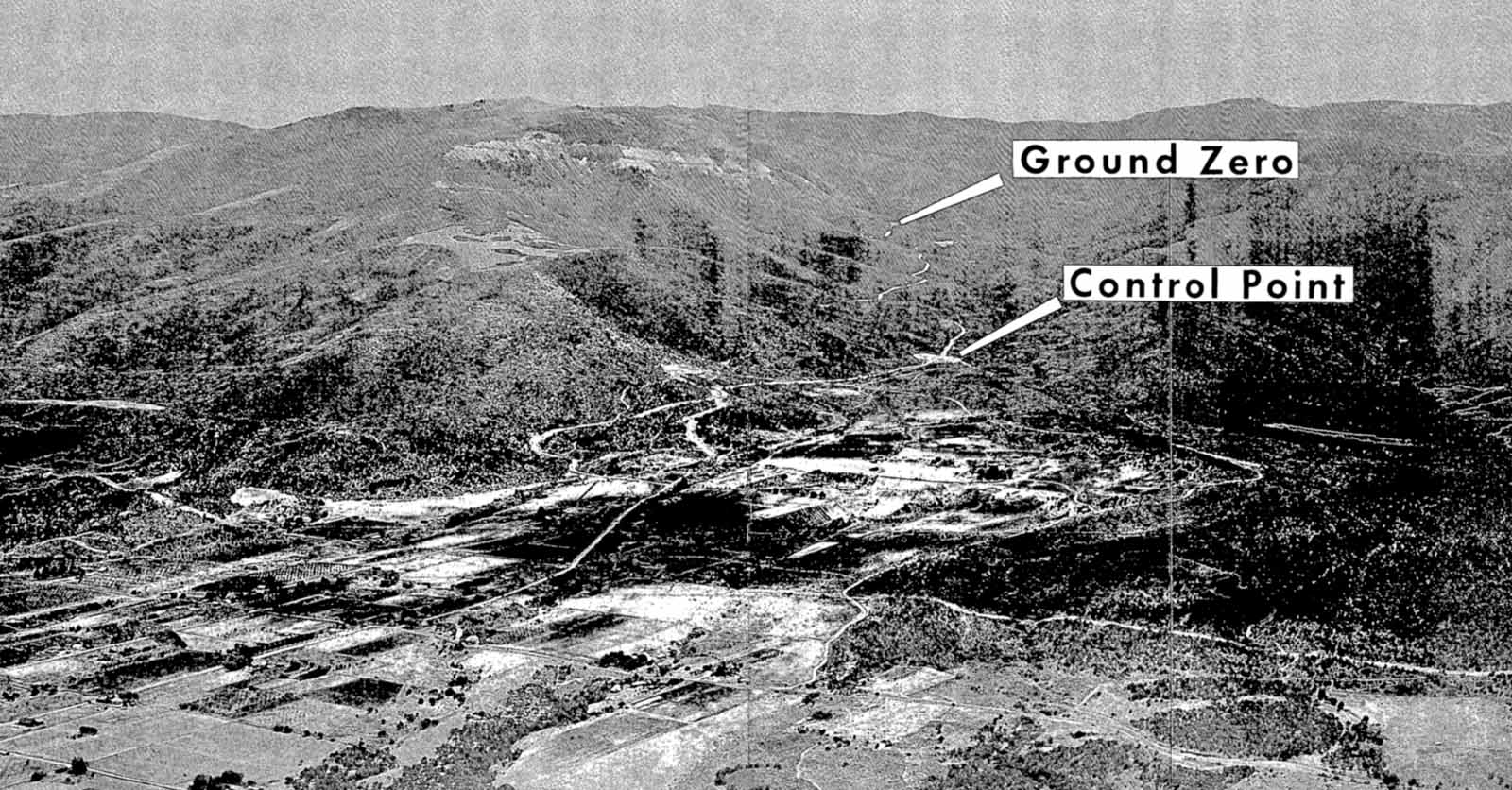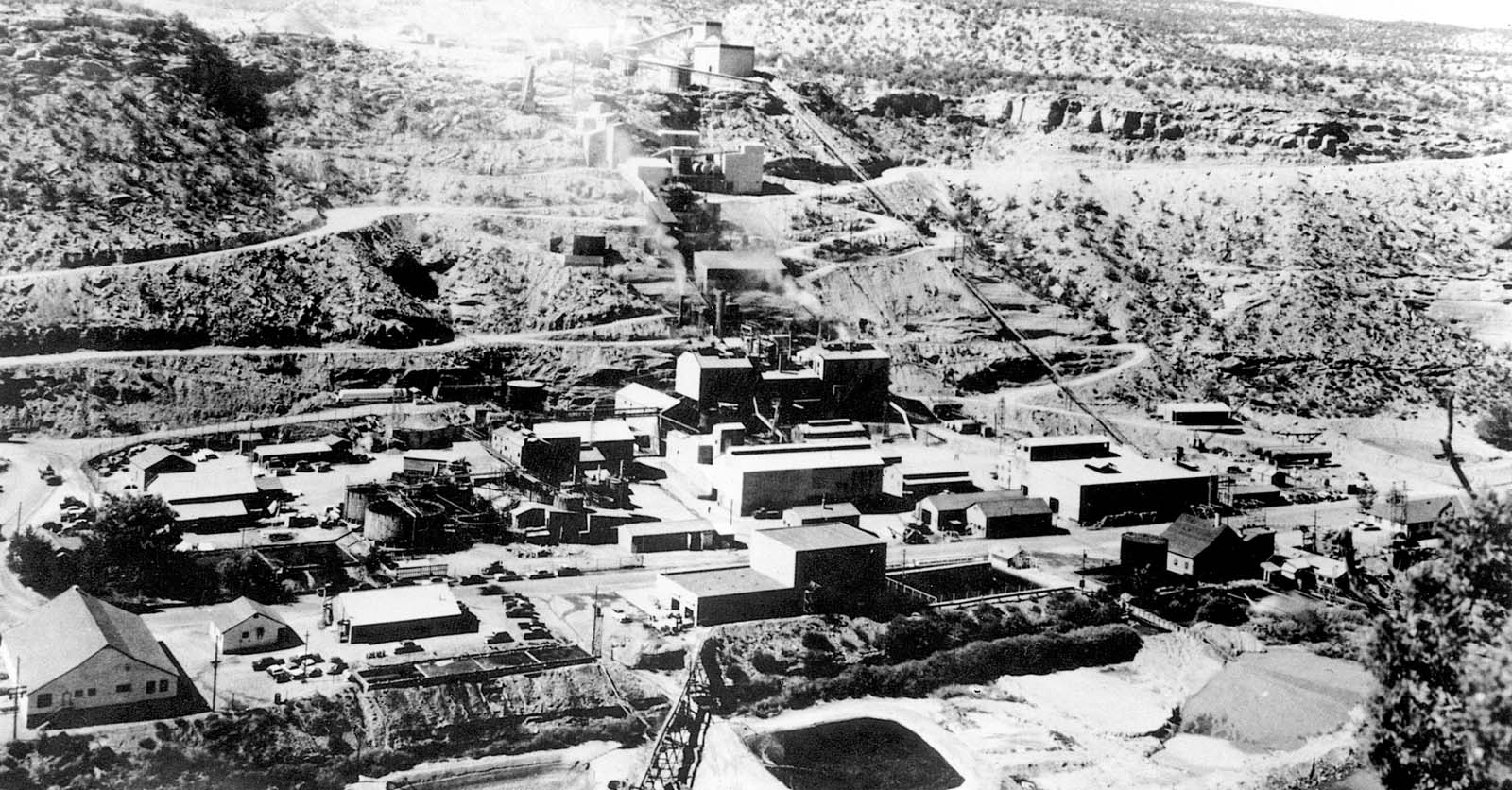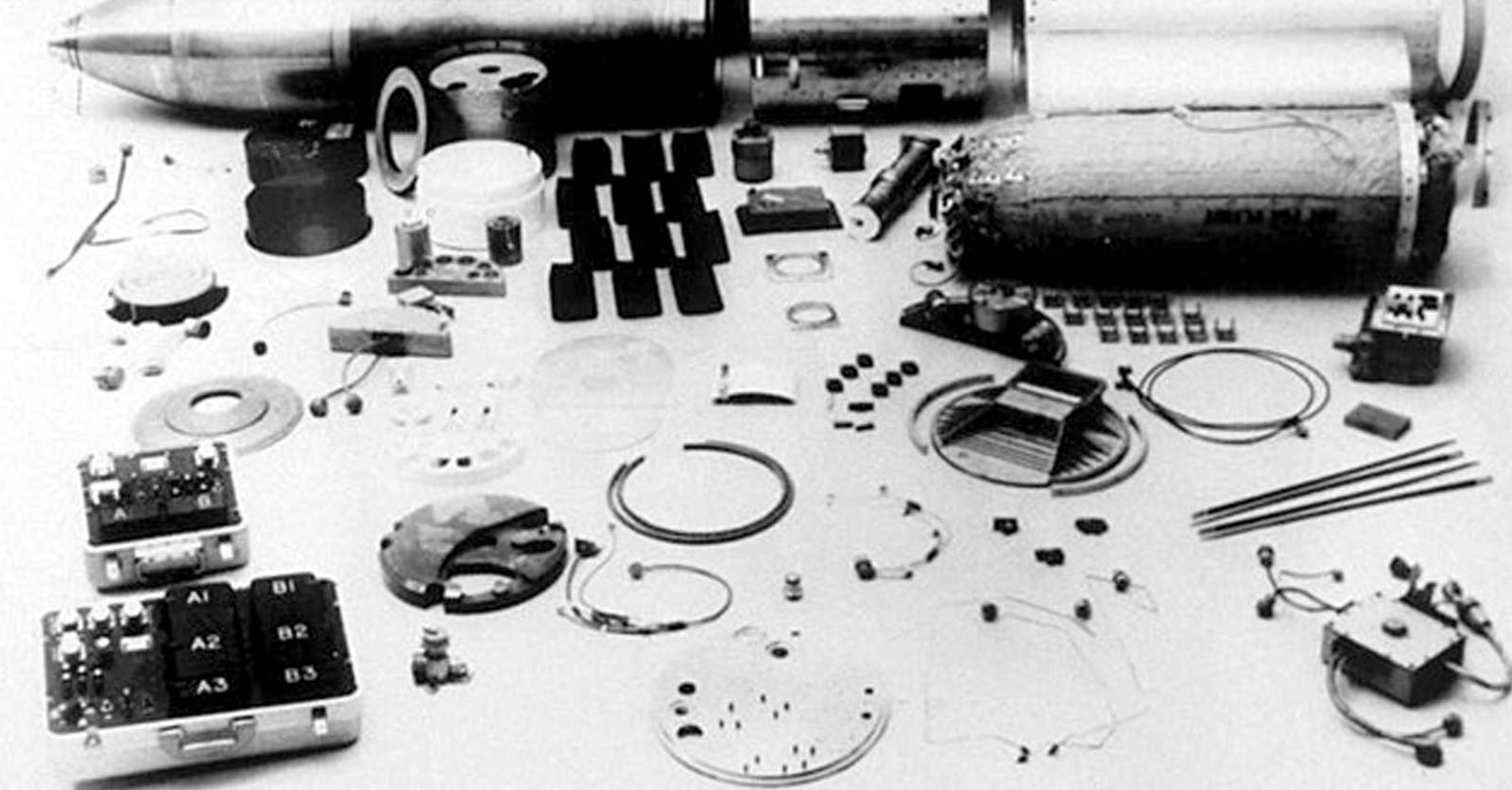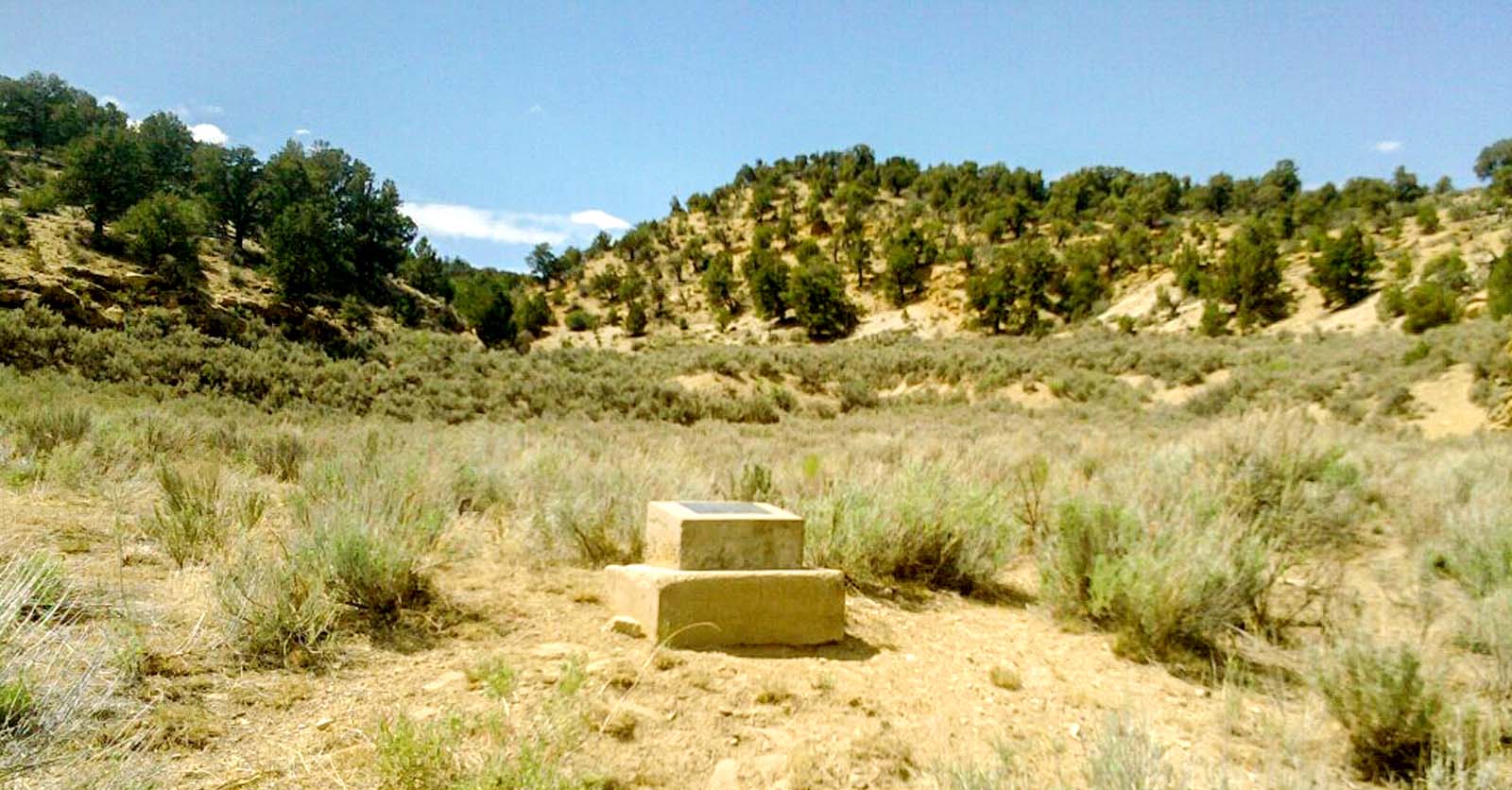3 min read
Grand Junction Operations Office: Approved for EEOICPA benefits
![]() Trusted Ally Staff
:
Oct 2, 2024 3:21:29 PM
Trusted Ally Staff
:
Oct 2, 2024 3:21:29 PM
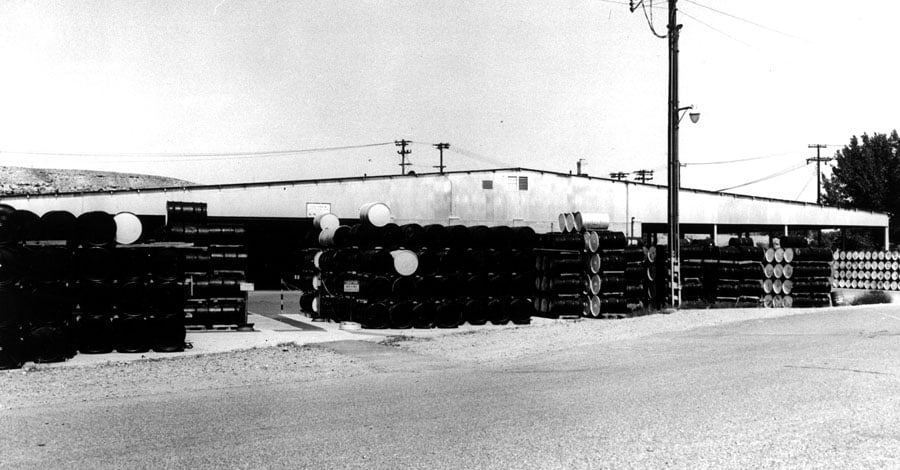
Subscribe to Trusted Ally News
A brief history of the Grand Junction Operations Office
Grand Junction was once at the center of America's race to develop nuclear technology. During the Cold War, the Grand Junction Operations Office (GJOO) played a critical role in the procurement and testing of uranium ore that fueled the nuclear weapons program. However, behind the scientific progress and national security contributions are the health sacrifices made by the workers who served there.
Established in 1947 by the Atomic Energy Commission (AEC), the GJOO was tasked with managing uranium exploration, ore buying, and the early processing that supported America’s nuclear weapons development. It was strategically located in Grand Junction because of its proximity to rich uranium deposits in the Colorado Plateau. The facility operated as a collection site for uranium ore and served as a center for research, including the development of methods for detecting uranium deposits.
While GJOO staff played a pivotal role in advancing nuclear science and securing a military advantage during the Cold War, they did so often unaware of the dangers associated with prolonged exposure to radioactive materials.
What did the workers do?
At the GJOO, employees handled uranium ore shipments, analyzed samples, conducted radiological surveys, and oversaw uranium mining operations across the region. Many worked directly with radioactive materials daily in poorly ventilated labs and warehouses, while others carried out fieldwork in contaminated areas. Workers were exposed to both radiation and heavy metals, often without adequate personal protective equipment or understanding of the risks.
Adverse health effects among workers
Over time, it became clear that many of the individuals employed at the GJOO suffered from significant health problems. Years of exposure to radiation and toxic substances led to chronic illnesses and life-threatening diseases.
1. Radiation-induced cancers
Workers at GJOO were regularly exposed to ionizing radiation, particularly from uranium and its radioactive decay products like radon gas. Prolonged exposure without effective shielding or protective protocols dramatically increased the risk of various cancers, including:
- Lung cancer (often linked to radon exposure)
- Leukemia
- Bone cancer
- Skin cancers
2. Respiratory diseases
Handling uranium ore and working in dusty environments without adequate respiratory protection led to chronic respiratory illnesses. Workers developed:
- Chronic bronchitis
- Pulmonary fibrosis
- Silicosis (from inhaling fine silica particles mixed with radioactive dust)
3. Kidney damage
Uranium is both chemically toxic and radioactive. Workers who inhaled or ingested uranium dust often suffered from kidney disease due to the accumulation of heavy metals, impairing renal function over time.
4. Radiation sickness and other systemic effects
Acute exposure to high levels of radiation led to symptoms of radiation sickness, including nausea, fatigue, and immune suppression. Long-term low-dose exposure contributed to issues such as:
- Weakened immune systems
- Cardiovascular diseases
- Neurological problems
5. Genetic and reproductive effects
Although less well-documented, some studies and anecdotal reports suggest increased rates of birth defects and reproductive issues among families of GJOO workers.
Environmental and community impact
The health effects weren’t limited to workers alone. The operations at GJOO and uranium mills in the region left a legacy of radioactive contamination:
- Uranium mill tailings, a byproduct of processing, were frequently used in local construction before their hazards were widely understood. Homes, schools, and businesses in Grand Junction were unknowingly built with radioactive materials, exposing residents to harmful radiation for decades.
- Groundwater contamination from improperly stored radioactive waste further impacted local health and the environment.
Government response and cleanup efforts
By the 1970s, awareness of the dangers posed by uranium work began to grow. The Department of Energy (DOE) and the Environmental Protection Agency (EPA) eventually initiated cleanup programs under the Uranium Mill Tailings Radiation Control Act (UMTRCA) of 1978. Grand Junction became one of the first communities to receive federal assistance for decontaminating homes and businesses built with radioactive materials.
Current use of the Grand Junction site
Today, the GJOO has transitioned from its Cold War-era role in uranium procurement and nuclear weapons development to environmental management, remediation, and legacy cleanup efforts.
Now officially known as the U.S. Department of Energy Office of Legacy Management Grand Junction Disposal Site, the facility supports the DOE’s Legacy Management program. This program was established to manage the long-term stewardship of sites that were part of the nuclear weapons complex and uranium production industry. Many of these sites have been closed, cleaned up, or remediated, but they still require monitoring to protect human health and the environment.
Approved for EEOICPA White Card benefits
The Grand Junction Operations Office is an approved facility for The Energy Employees Occupational Illness Compensation Program or the EEOICPA White Card Program and has been designated as a Special Exposure Cohort (SEC) facility. This is a defined category of employees established under EEOICPA. The SEC is comprised of classes of employees who have at least one of the 22 SEC cancers and have worked for a specific period of time at one of the SEC facilities. Claims compensated under the SEC do not have to go through the dose reconstruction process, as is required for other cancer claims covered by EEOICPA.
As of March 2025, Grand Junction Operation Office workers have received over $54 million in EEOICPA settlements and medical bills paid.
Let us check if you or a loved one qualifies for up to $400,000 plus free medical care in the comfort of home.
Your pathway to care starts with Trusted Ally Home Care. Get started today and let us guide you through the process of receiving the care you or a loved one deserves.






